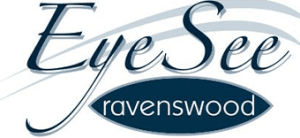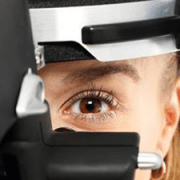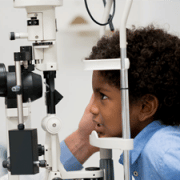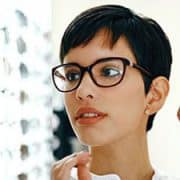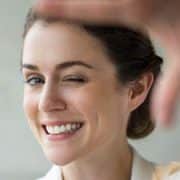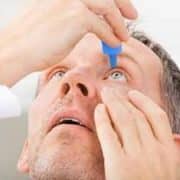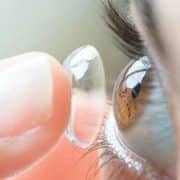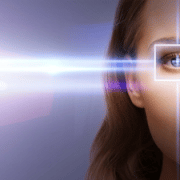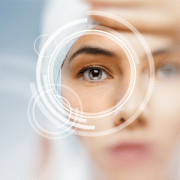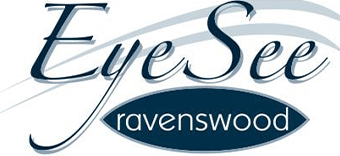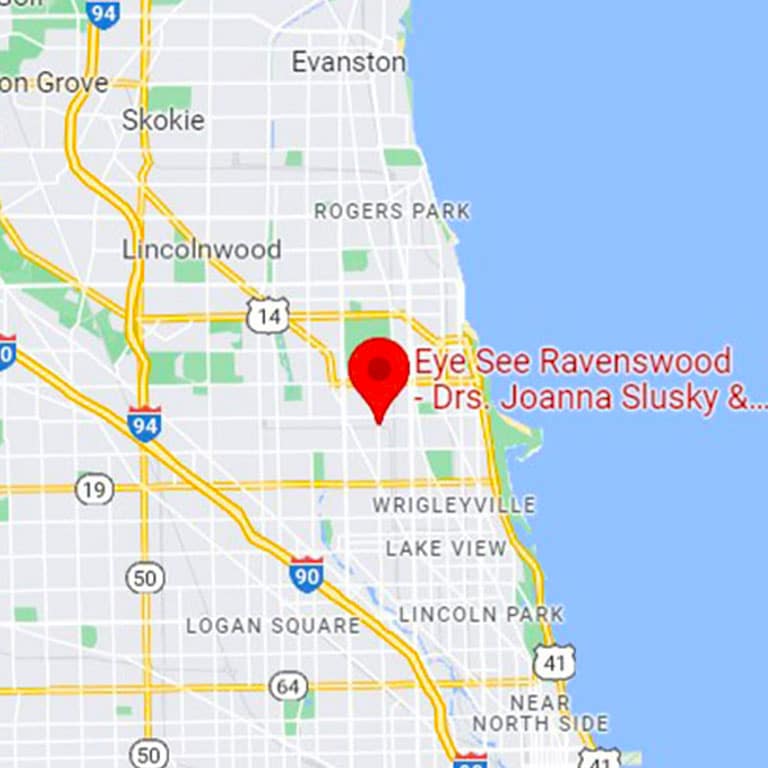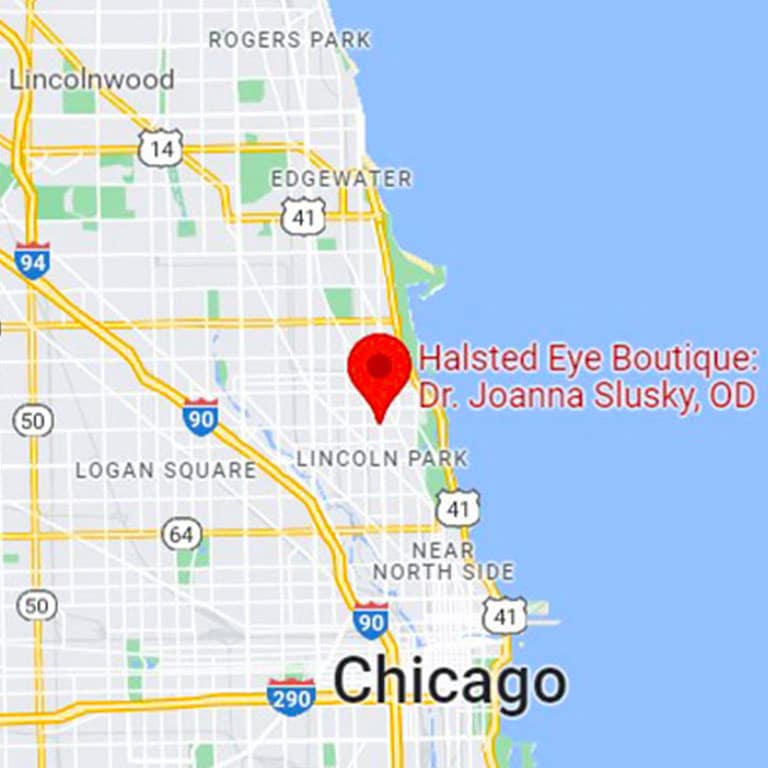Contacts or Glasses? Tips for Switching Between Them
Switching from contacts to glasses, from glasses to contacts, or alternating between them on a regular basis is much more common than most people realize. In fact, an article for Catalogs.com states that switching back and forth regularly can help you in a number of ways — from preventing issues with allergies to having better vision at different times of the day to training your eyes to deal with more conditions.
Still, making the big switch can be difficult. At Eye See Ravenswood, Dr. Andrea J. Stein offers a number of services, including eyeglasses and contact lenses, as well as tips for how to switch between these two options.
Switching from glasses to contacts
When you’ve been wearing glasses for years and finally switch to contacts, the transition can be challenging. For many people, especially children and teens, the difficulty arises right from the start: learning to put the contacts in. That’s why we recommend putting your contacts in while you’re still at our office, so we can offer plenty of help during this first stage.
We have some other things for you to keep in mind, starting with this: Always wash your hands before taking out or putting in your contacts. Other tips:
Ease into contacts
Don’t wear your contacts too much, especially at first. Try wearing them for a few hours every day for the first week in order to get used to them.
Know your limits
Don’t wear your contacts longer than instructed. If you purchase dailies or weeklies, only wear them for this long.
Eyes on the job
Remember that contact lenses can irritate your eyes. In fact, some workplaces have rules against wearing contacts, according to the Canadian Center for Occupational Health and Safety. Make sure you understand how your eyes might be affected when wearing contacts.
Seasons in time
Be prepared for contacts to be more difficult to wear at certain times, especially during the spring and summer months. Pollen and dust can create allergies, which could irritate your eyes.
Switching from contacts to glasses
If you’ve been wearing contacts for years and you’re ready to return to glasses, you need to make the transition slowly, just like you did with putting in contacts for the first few times. These tips can help:
Different perspective
Give yourself some time to adjust to the different way the world looks when you’re wearing glasses. Contacts cover your whole eye, of course, while glasses sit on your nose. There is a portion of your sight (called the periphery) that the lenses won’t cover, hence creating some distortion.
Bigger, brighter
Things might look a little bigger, brighter, or more sharply focused when you switch. If this is overwhelming, try wearing your glasses for a few hours each day, especially at night when things won’t be as bright.
No scratching!
Remember never to clean your glasses with anything other than a cloth that is specifically made to clean them. If you rub them on your shirt or on a napkin, you could cause tiny scratches to appear in the lenses.
Blue light special
Get glasses that have blue light blockers built in, especially if you stare at a computer all day. This can make it easier to do your daily work, plus you won’t be as tired out after a long day of typing.
Frame your narrative
Get frames that suit your face and your prescription. Some frames don’t look good with large lenses that are designed to correct extreme problems with eyesight. Also, make sure the frames sit comfortably on your face; frames that pinch behind your ears or on your nose can cause headaches.
Switching back and forth
This is actually considered to be one of the best options, as it keeps your eyes resilient and able to cope with contact lenses but allows them to rest when you’re wearing your glasses. It’s important to consider when your eyes need a break, which can be a good time to pull out your frames, or when you might need contacts, such as when you’re going to be outside on a rainy day.
And remember, whether you wear glasses or contacts — or both — it’s essential that you clean and care for them properly.

